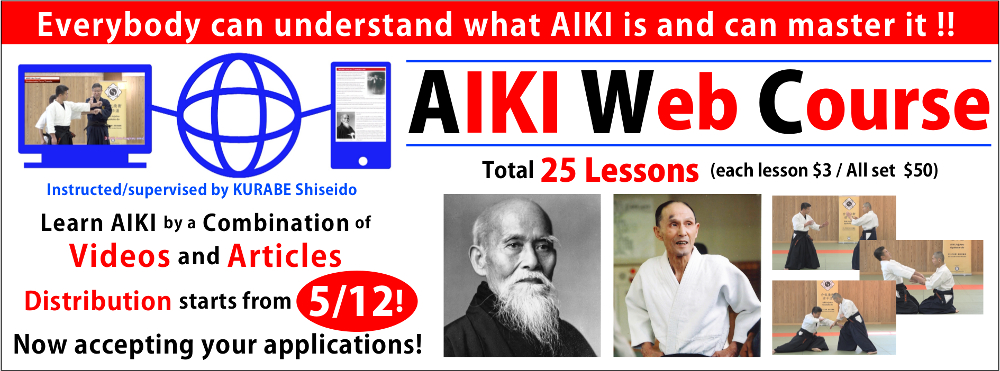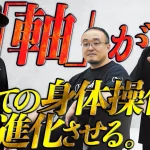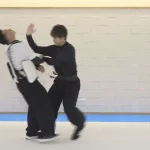Text by Kurabe Makoto Shiseido
What is KUDEN?
Since many Bujutsu (fighting systems) were established in Japan, teachers have used KUDEN to transfer the special deep knowledge to their selected students, such as their successors. The Japanese word KUDEN is translated as “verbally transferred knowledge”. For every RYUHA (style) they had special knowledge for almost all techniques and they did not leave this knowledge in writing to keep this knowledge confidential. The teachers taught this knowledge verbally, only to the selected students whom they thought they could trust. In this way, they tried to keep the purity of their RYUHA and transfer it to future generation.
No2 Kote Hineri Fudo (小手捻り不動)
The technique called Kote Hineri Fudo is also a very essential technique utilized in Jujutsu, and accordingly, every Jujutsu RYUHA (style) has this technique in their curriculum. In many Dojo outside of Japan, people are instructed to perform this as follows and also the same performances are often shown on Youtube.
How this version of Kote Hineri Fudo is normally performed by many non-Japanese Jujutsu people.
 Fig-1-1 Uke (attacker) grasps Tori (defender) by his right wrist, with his right hand (Gyaku Tori: reverse grab).
Fig-1-1 Uke (attacker) grasps Tori (defender) by his right wrist, with his right hand (Gyaku Tori: reverse grab).

Fig-1-2 First, Tori holds Uke’s right hand to prevent his release.

Fig-1-3 Tori puts his right hand over Uke’s right wrist/lower arm to execute a lock (Kote Hineri Fudo)


Fig-1-4,5 Tori pushes down on Uke’s right arm while continuing to apply the lock until Uke falls down onto the floor.
Because several important points are missing, this technique is not practically if one tries this technique in the way shown above in a real situation. So, hereafter I will explain the important knowledge step-by-step.
How to turn the hand/arm being grasped at the wrist
In the case that Uke grasps Tori’s right wrist with his right hand, in most of the examples I watch on YouTube, Tori puts his right hand on Uke’s right wrist so easily and smoothly. Such action can never ever be done without using Aiki and they never look like they can do Aiki. So, in such cases Uke should cooperate with Tori to not resist, nor block his motion. Again, I say clearly that one can never acquire real Jujutsu knowledge using such fake training. Uke should hold Tori’s wrist as strongly and tightly as he can so that Tori cannot turn his arm/hand unless he uses the proper knowledge that is the essence of Jujutsu.
Option-1
In the case of Kote Kaeshi, which was explained in the previous lesson, Tori pulled his hand from his small finger side to bend his hand inside, and in this case, Tori rotates his hand/lower arm inside in the horizontal plane which creates space in Uke’s grip and causes his hand to be stressed as shown in Fig-2. After making this preparatory movement Tori can easily put his right hand over Uke’s right wrist/lower arm.

Fig-2
Option-2
There might be a case where Uke has unusually strong power in his arm/hand, such that Tori cannot rotate his grasped arm using the above motion. In this case, Tori must use Tai Sabaki (体捌き – body motion) to realize this, as shown by Fig-3.

Fig-3
Opt-3
It might be noticed that the above two options have a weak point that Tori might get Uke’s counter punch by his left hand/arm using this positioning. If one notices it, then one can think over a further option. At the moment Uke grasps Tori’s wrist, Tori executes Kasumi Kake (霞掛け- finger snapping) to Uke’s eyes using his left fingers to make Uke temporary blind and loosen his gripping power. Then, at the same moment, Tori decides whether opt-1 or opt-2 motions are appropriate, according to Uke’s strength/weight, then Tori can put his right hand over Uke’s right wrist.
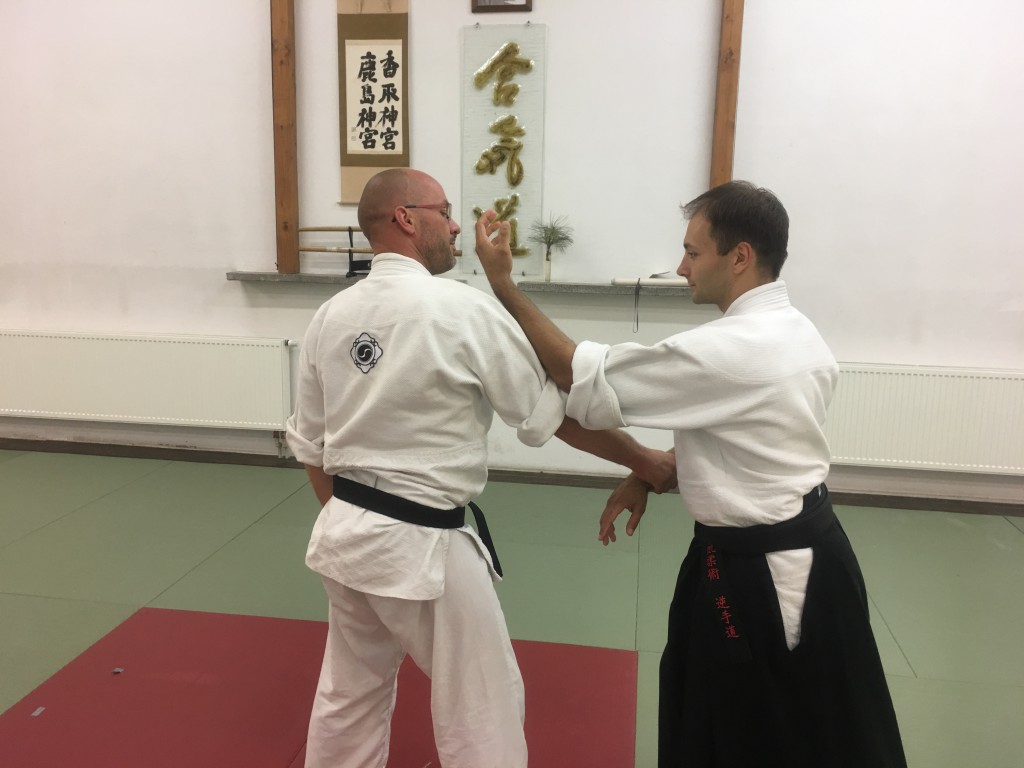
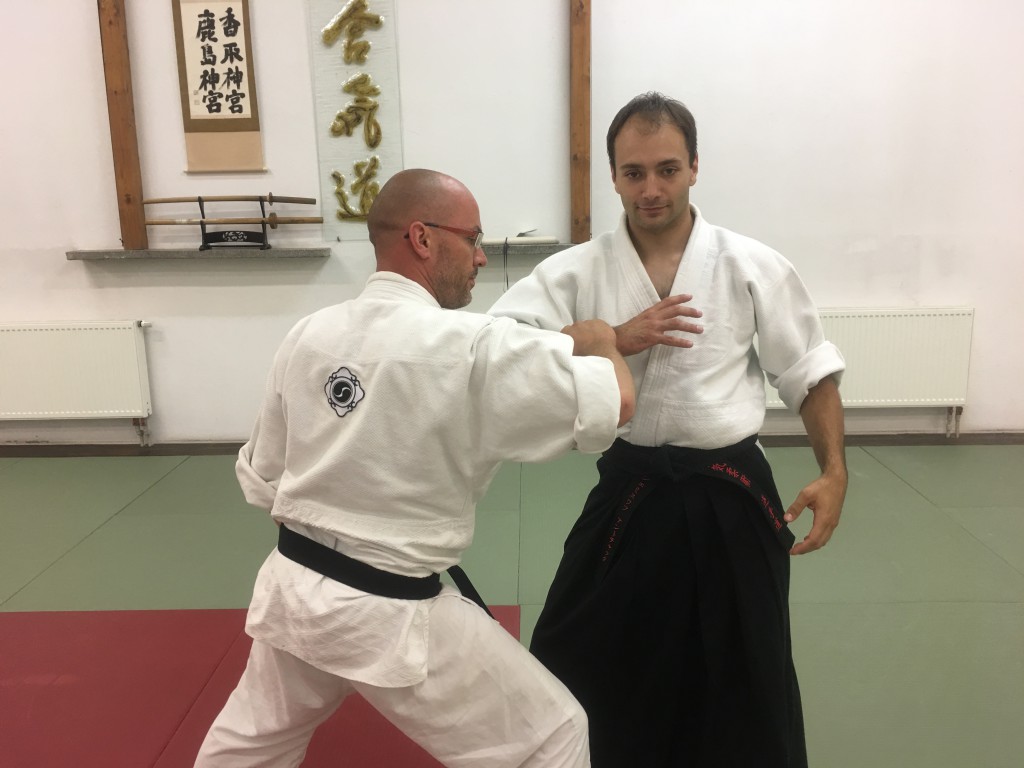
Fig-4-1 Kasimi Kake +opt-1

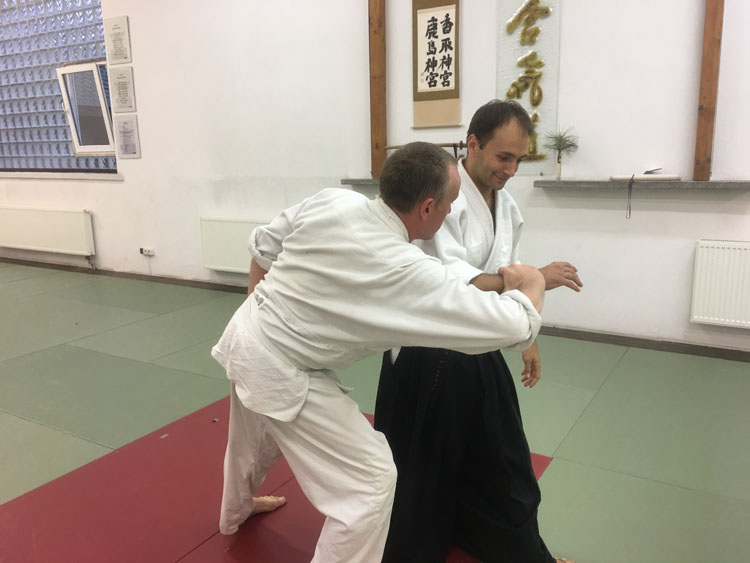
Fig-4-2 Kasimi Kake +opt-2
In Jujutsu practise Uke should always hold Tori as strongly as possible and Tori should try to escape from that tight hold using proper know-how. This is a very basic way of training in Jujutsu but it isn’t often followed in many Dojo outside of Japan.
How to place the right hand over Uke’s right wrist
This is another situation in which I seldom watch demonstrations done correctly. In almost all cases, Tori simply puts his right hand over Uke’s left wrist/lower arm as shown by Fig-1-3. If we observe this situation from above you will notice it is equal, and accordingly, if Uke puts his left hand on Tori’s right hand exactly the same as Tori, and applies a little more power than Tori does, Uke can now control Tori. To avoid this counter attack, Tori must put his right hand perpendicular to Uke’s wrist/lower arm as shown by Fig-5-1,2. Then, the situation is not equal and Tori is in a superior position to push down Uke’s arm.


Fig-5-1,2


Fig-6 Here if Uke puts his left hand on Tori’s right hand, it becomes an equal situation.
How to control Uke as the final stage
Now, this is the last important know-how of this technique. When Tori pushes down both hands to drop Uke down on floor, Tori must move back with two steps so that Uke falls down on the floor with his body stretched out, as shown by Fig-7. If Tori does not step back, Uke might remain in a crouched position and has a chance to counter-attack Tori as shown by Fig-8.

Fig-7 correct finish

Fig-8 wrong finish
The meaning of Kata training
After repeating Kata practice many times, one might notice that the motion described in a certain Kata is not sufficient, and accordingly, may not efficiently able to be workable in a real situation. Like the previous case indicated in the first point of Kote Hineri Fudo, or how one places their right hand over Uke’s right wrist, while being held tightly by one’s own right wrist. Yes, that doubt is quite natural and reasonable. If Uke holds Tori’s right wrist strongly enough, Tori cannot even move his right hand at all. Then one might begin thinking over how he can put his right hand over Uke’s right wrist. He tries several ways and still cannot find the correct way or he thinks he could find the correct one, which is not correct. Then, a master who is watching his progress carefully gives some advice or hint and finally, one can realize the correct know-how to implement this motion.
This is the way most training is carried out in many Dojo in Japan. But in many Dojo in Europe—at least those I have seen with my own eyes—training is not carried out in this way.
One case: Because instructors themselves do not have the exact knowledge, they just teach their students to practise this Kata without doubting the movements. Most students do not notice that they need additional knowledge to make the Kata (i.e. technique) workable in a practical situation. So, they repeat this Kata thousands of times and they believe they are practising the Kata properly.
Another case: Some person might notice it is not workable and needs to be “improved” after hundreds of times practising it and starts trying to add some additional motion. They get an idea to make the Kata workable and they believe they are gifted, discovering it through their own talent, and are proud of themselves. If they discover several such “improvements”, they start creating their own RYUHA (i.e. styles) and start to call themselves a Soke (i.e. 宗家- head of the family, or “founder”) and head master of the style. In this way, a lot of Jujutsu techniques have been destroyed outside of Japan.
Unfortunately, people do not know the meaning of Kata training. Kata does not cover 100% of the necessary motion for every situation. It leaves this space on purpose (as much as say 20%), so that people can add the necessary motion to make the Kata 100% workable for every situation. And often, there are several different ways to use supplemental movements for different situations. This is also the reason Kata leaves space for several “improvements”; so that the trainee can think it over themselves, like a riddle or puzzle. If one discovers just one such “improvement” and fixes it as “the complete Kata”, then Kata loses its important value to allow trainees think about how to use Kata in practise, under various situations.
Acknowledgements:
English edition : Andrew Bryant, Gyakutedo Indianapolis branch 2nd Dan
Participants: Gyakutedo Warsaw branch, Wojciech Banasiak 1st Dan, Bartłomiej Gajowiec as Tori and Michał Swiderek 1st Dan, Przemisław Antczak 3rd Dan as Uke
Place : Gyakute-do Warsaw branch NAKA Dojo, Warsaw Poland

2 August 2017 Makoto KURABE – SHISEIDO
Representative, 2nd Soushi of
AIKI JUJUTSU GYAKUTE-DO
website: www.gyakutedo.org/wp
mail: apply@gyakutedo.org
 Kurabe Makoto Shiseido
Kurabe Makoto Shiseido
Born in 1950. When he was in his 30s, he began learning Gyakute-do Jujutsu, which was derived from Hakkoryu Jujutsu in the 1970s. Just before reaching the age of 40, he moved from Japan to The Netherlands and continued to master and develop Gyakute-do. In October of 2013, after adding the system of Aiki-Jutsu that he developed himself, he transformed Gyakute-do into Aiki-Jujutsu Gyakute-do, and became 2nd Soushi, grand master, of Gyakute-do. After retirement, he left The Netherlands and began promoting Aiki-Jujutsu Gyakute-do both in Japan and in Poland as his main pursuit. He is also teaching his Gyakute-do to Budo fan in the world via corresponding course.
At the starting of AIKI Web Course
Cooperating with BAB Japan Co., Ltd., hereby I start AIKI Web Course in order to realize my long-standing desire to let as many as martial arts fans all over the world have the correct knowledge of AIKI and learn how to practice AIKI.
This course consists of
Part 1 as introductory articles, I explain a wide range of knowledge about what AIKI is, which contains 6 lessons.
Part 2 as main articles, for beginners/intermediate level, I explain how to practice AIKI to master. It contains 24 lessons.
The each lessons will be uploaded on BudoJapan website one by one every week.
I hope as many people as possible will be interested in AIKI and become able to practice it by following this course.
AIKI Web Course 25 Lessons
-
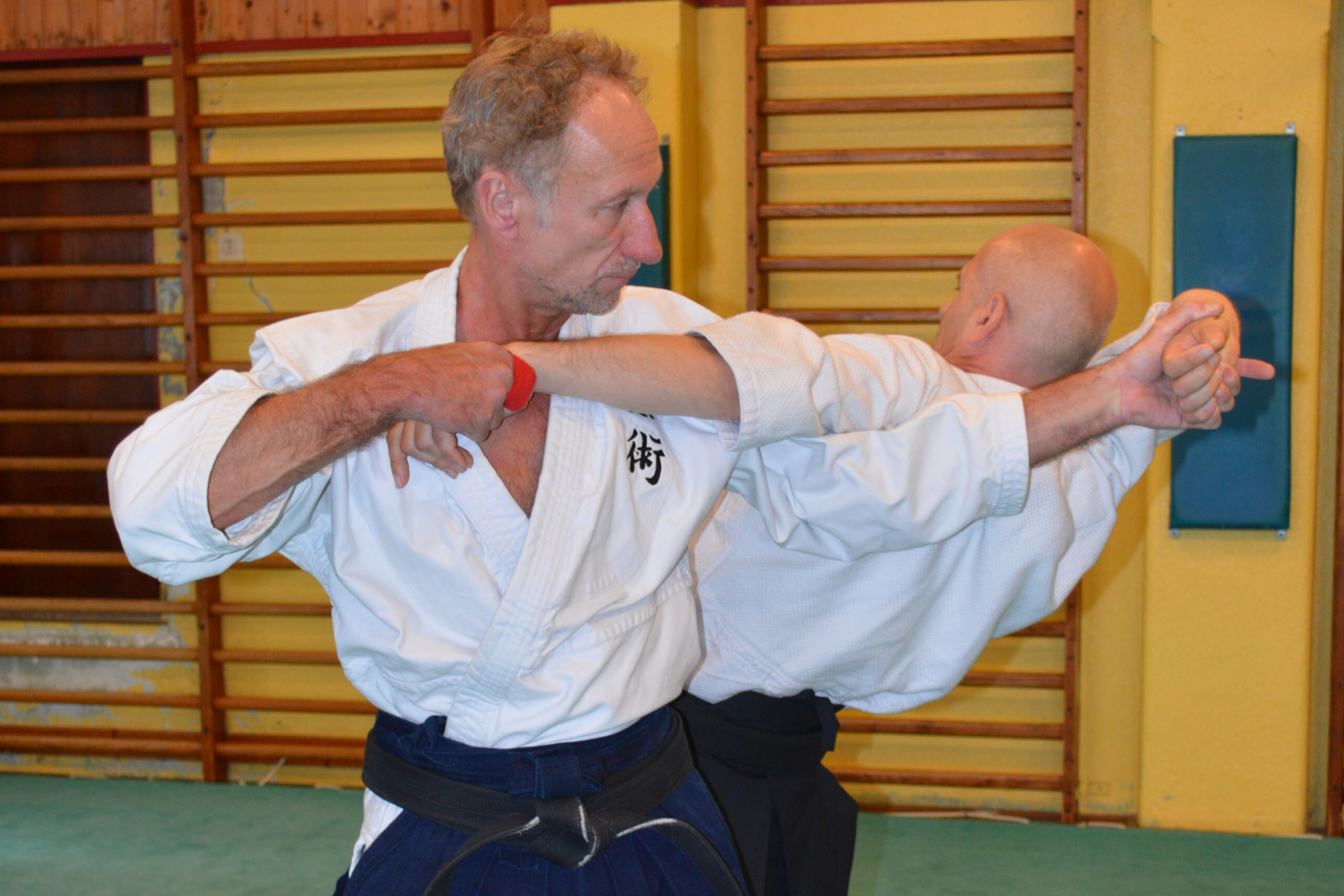
【AIKI JUJUTSU GYAKUTE-DO Series No.5】How you can learn Jujutsu properly
-
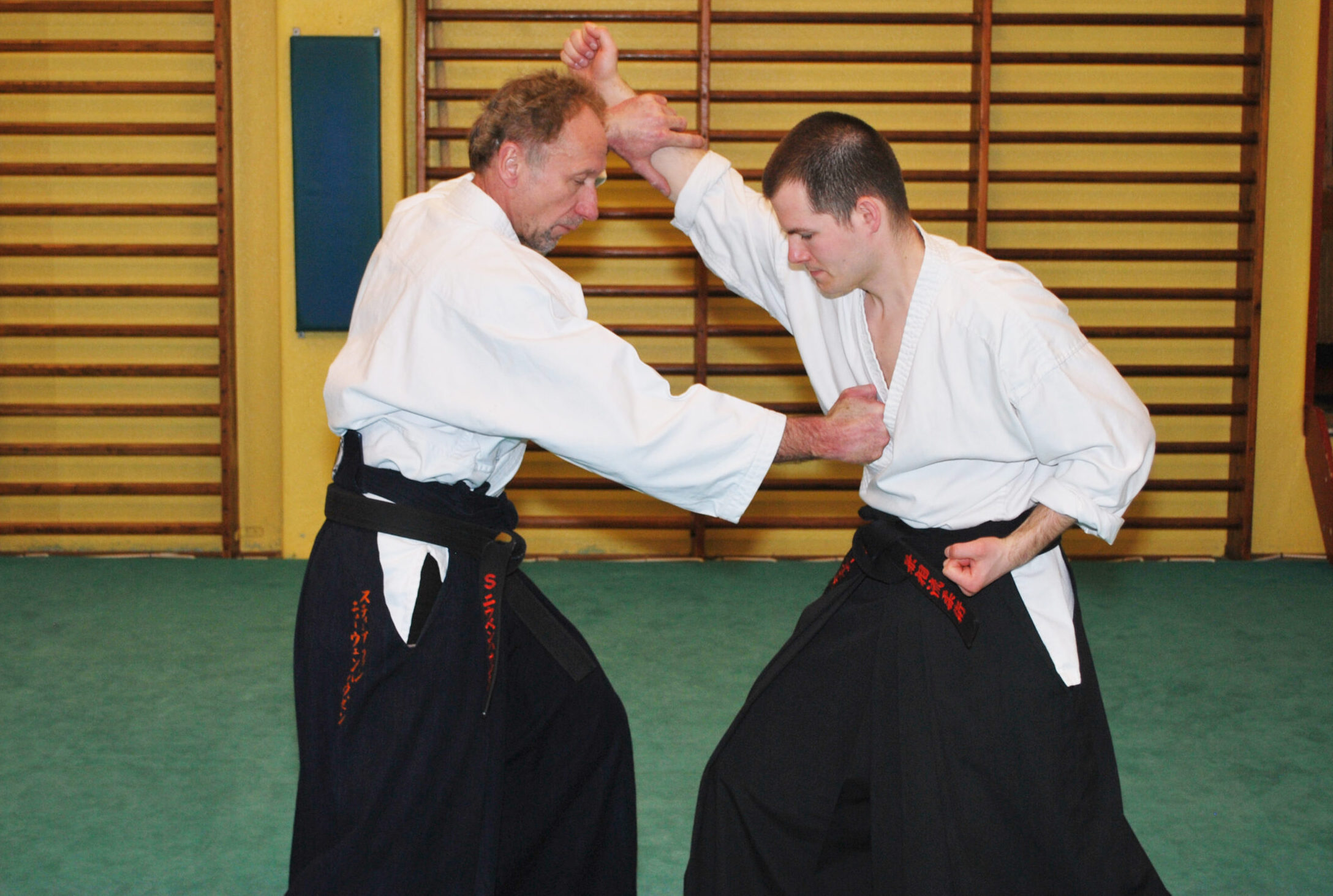
【AIKI JUJUTSU GYAKUTE-DO Series No.4】DAKEN-HO Hit and Kick KATA and AIKI
-
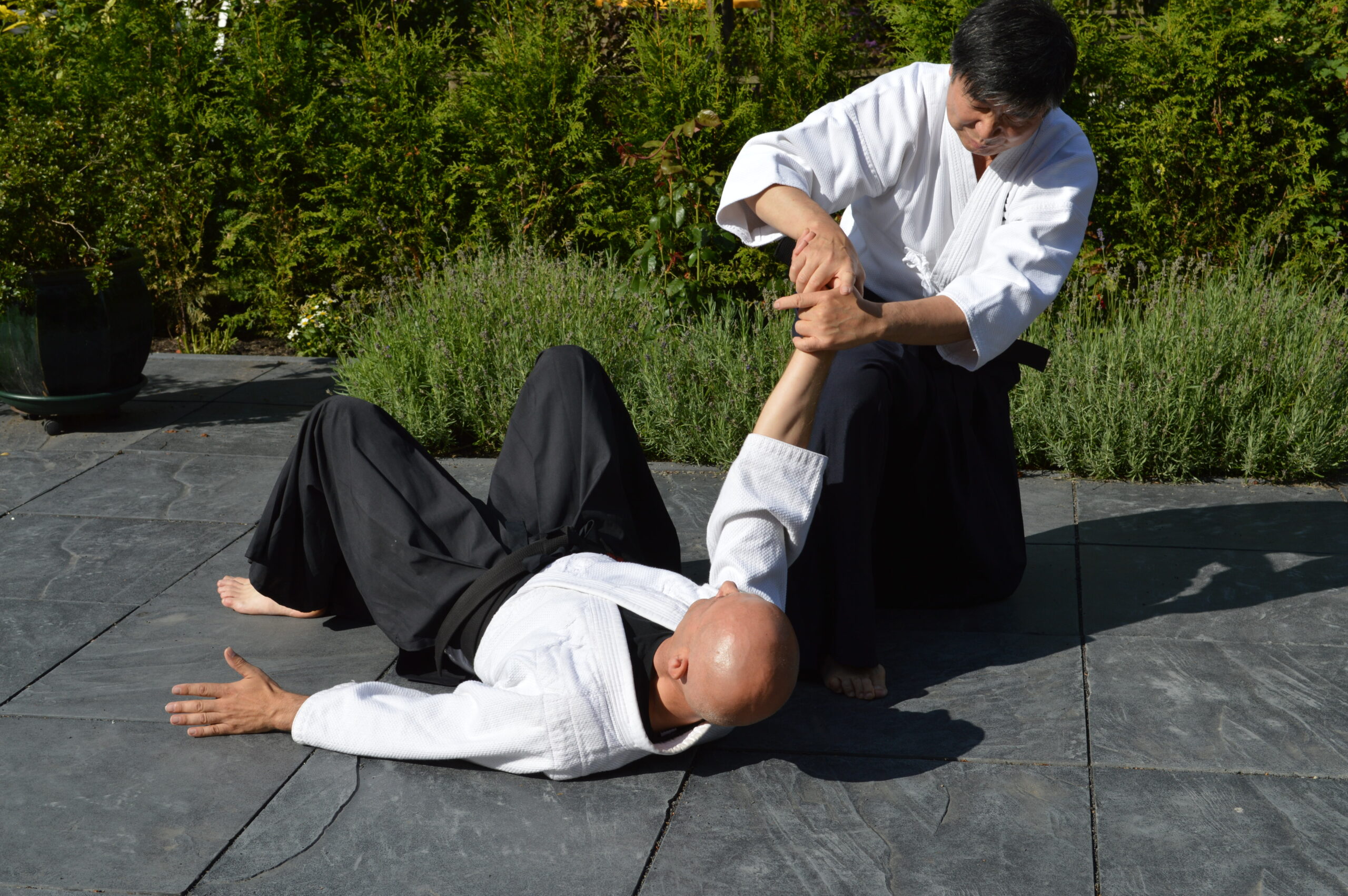
【AIKI JUJUTSU GYAKUTE-DO Series No.3】JUJUTSU WAZA, digest of FUDO
-
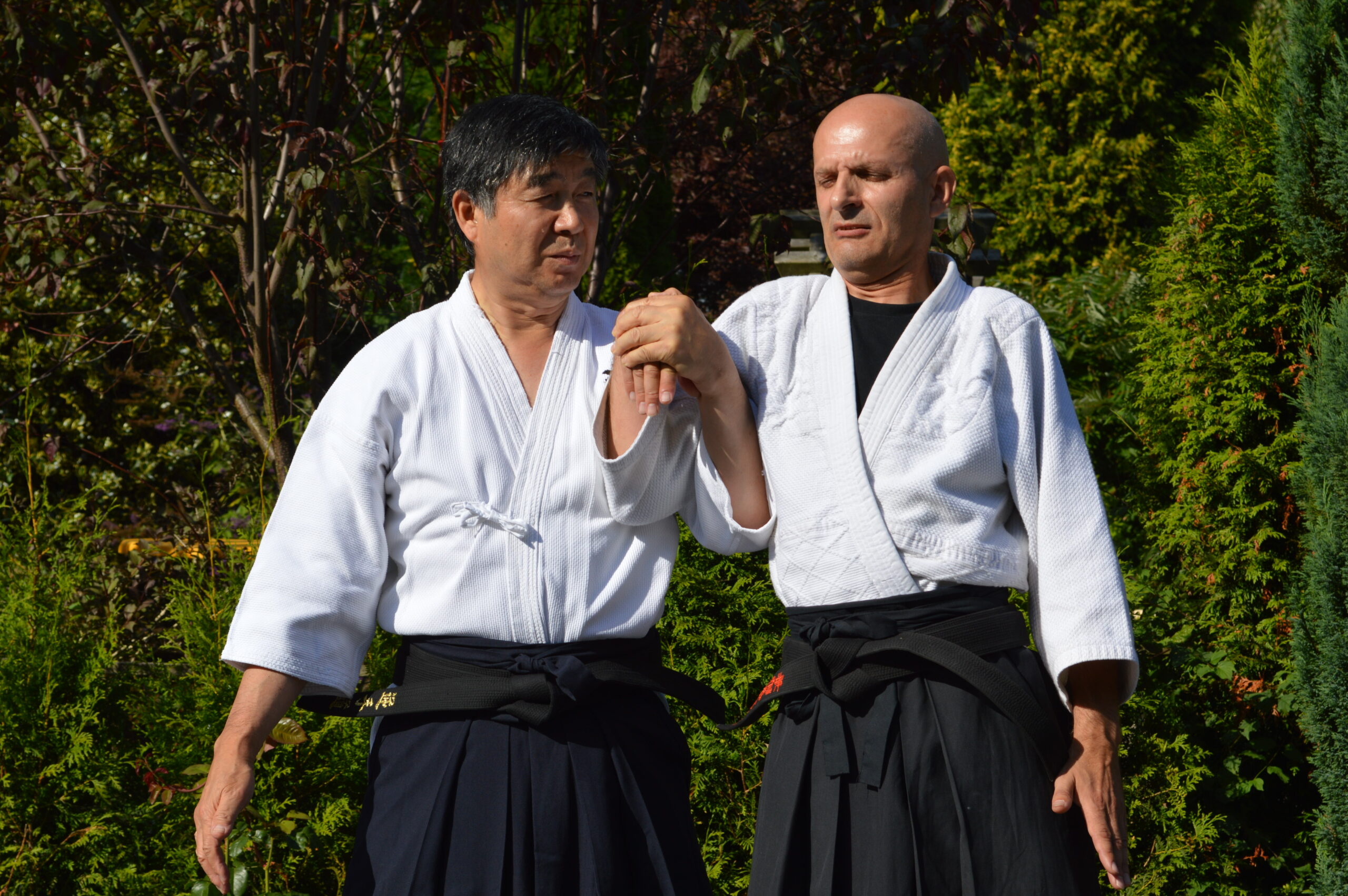
【AIKI JUJUTSU GYAKUTE-DO Series No.2】JUJUTSU WAZA, digest of NUKI, RENKO and NAGE
-

【AIKI JUJUTSU GYAKUTE-DO Series No.1】About GYAKUTE-DO and the digest of its basic techniques
-
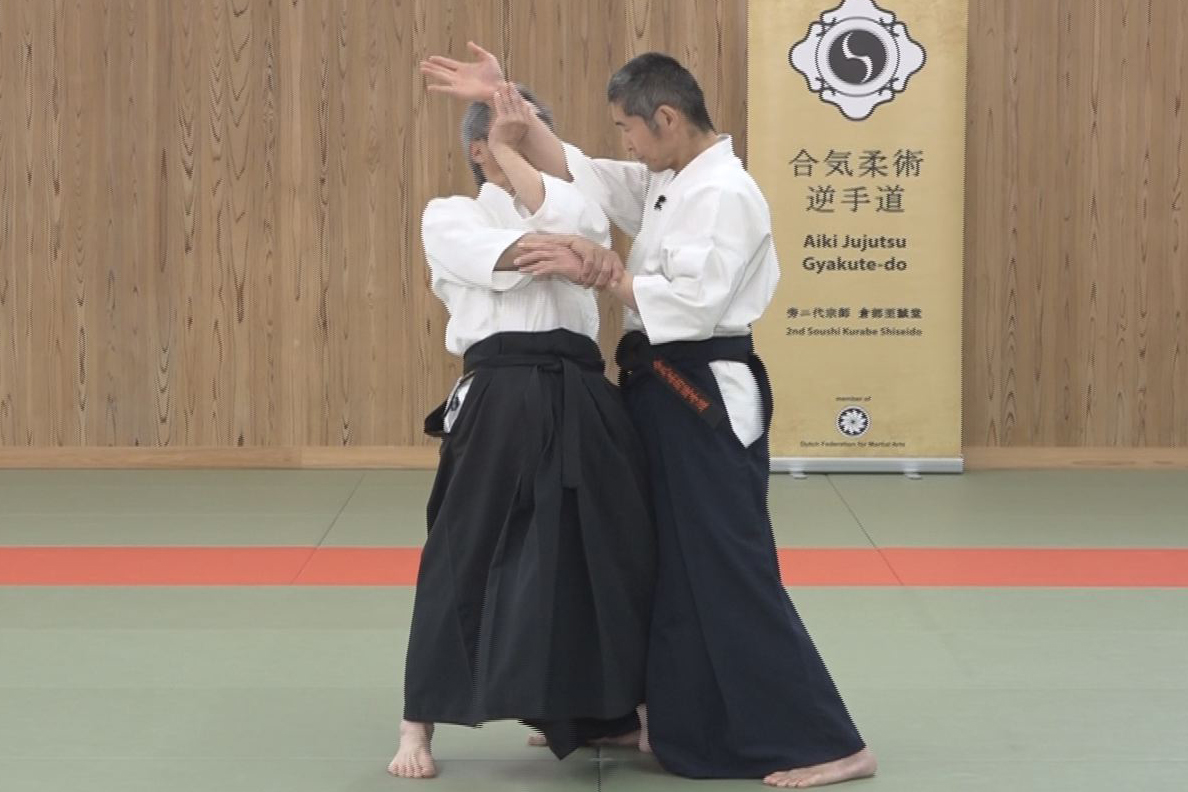
【AIKI Web Course Part 2】Lesson 24 With Comb. of Different Methods #2
-
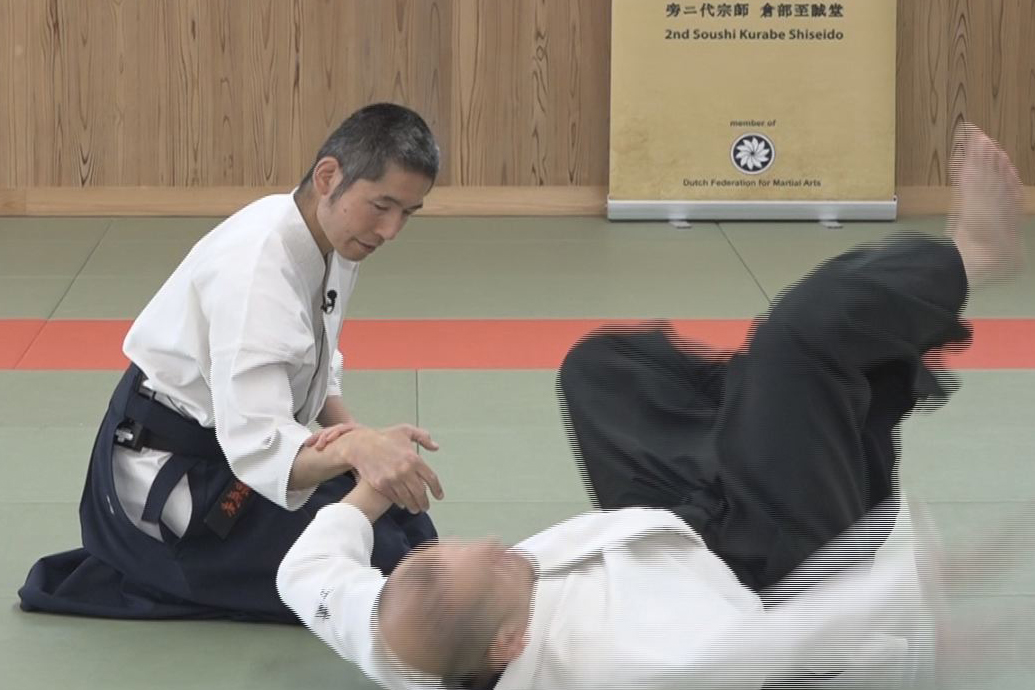
【AIKI Web Course Part 2】Lesson 23 With Comb. of Different Methods #1
-

【AIKI Web Course Part 2】Lesson 22 Advanced Tech. using F. E. method #2
-

【AIKI Web Course Part 2】Lesson 21 Advanced Tech. using F. E. method #1
-

【AIKI Web Course Part 2】Lesson 20 Advanced tech. using T. F. T. #2
-
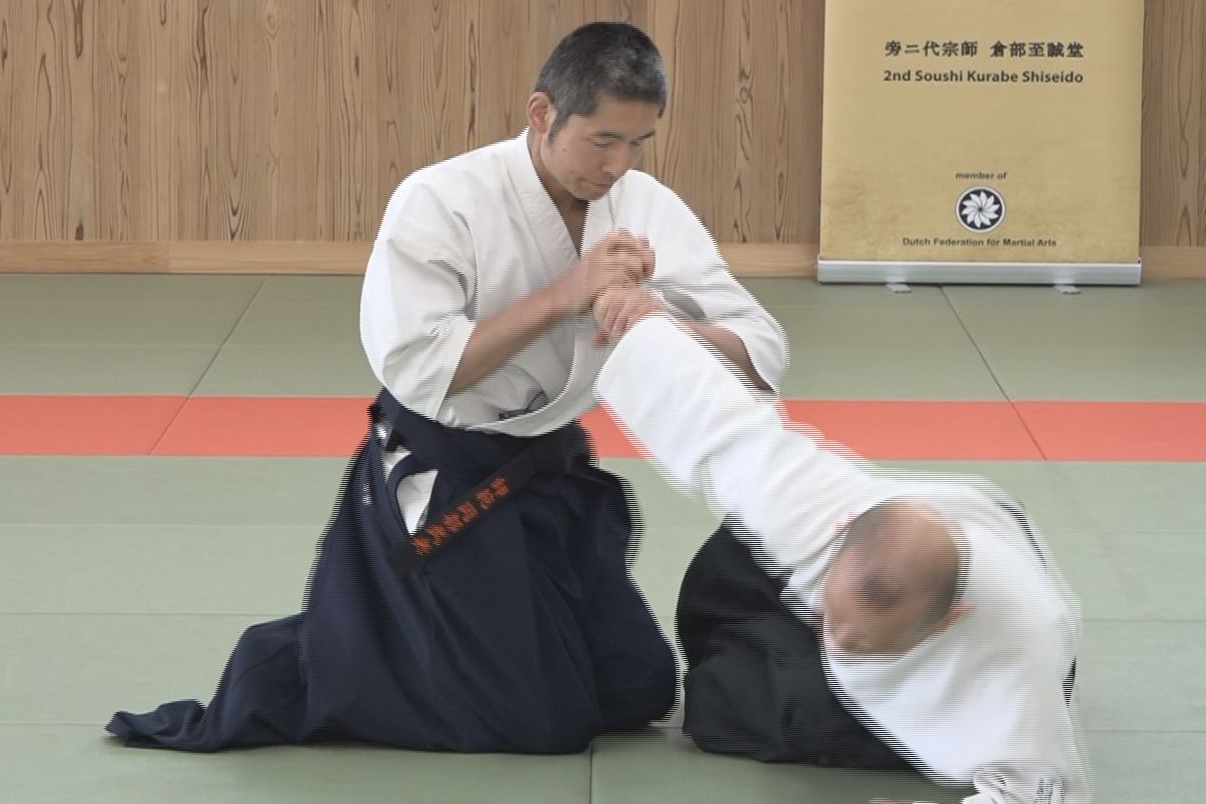
【AIKI Web Course Part 2】Lesson 19 Advanced tech. using T. F. T. #1
-
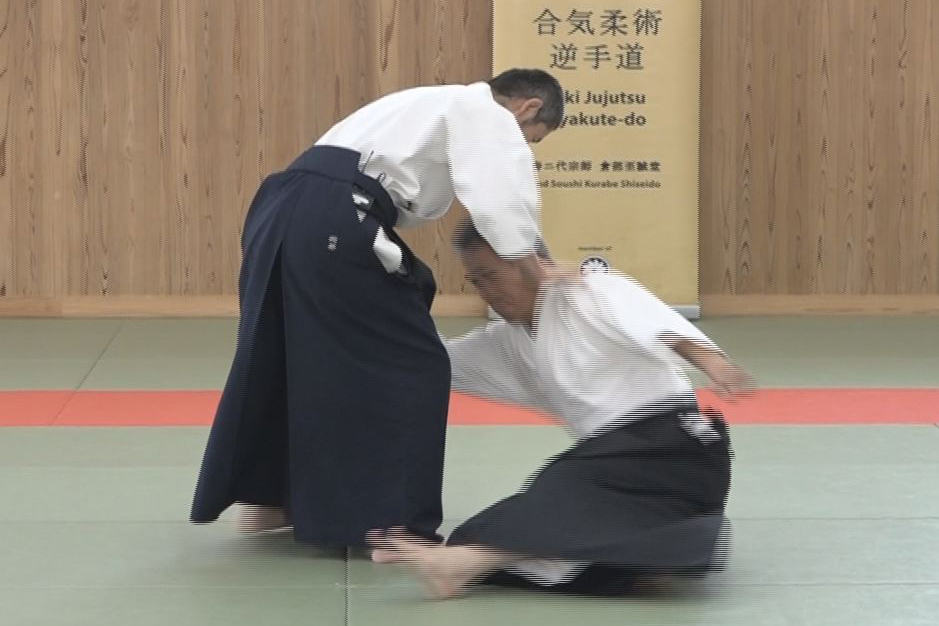
【AIKI Web Course Part 2】Lesson 18 Advanced tech. using AIKI Contact #2
-
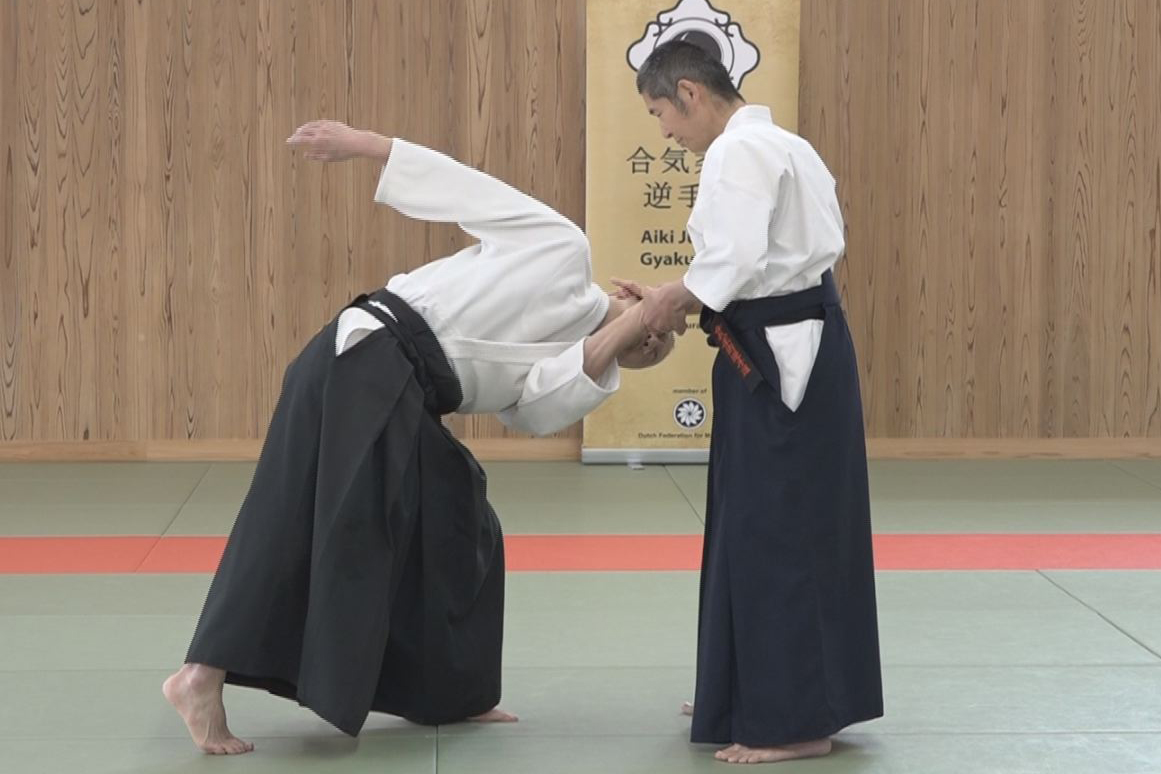
【AIKI Web Course Part 2】Lesson 17 Advanced tech. using AIKI Contact #1
-
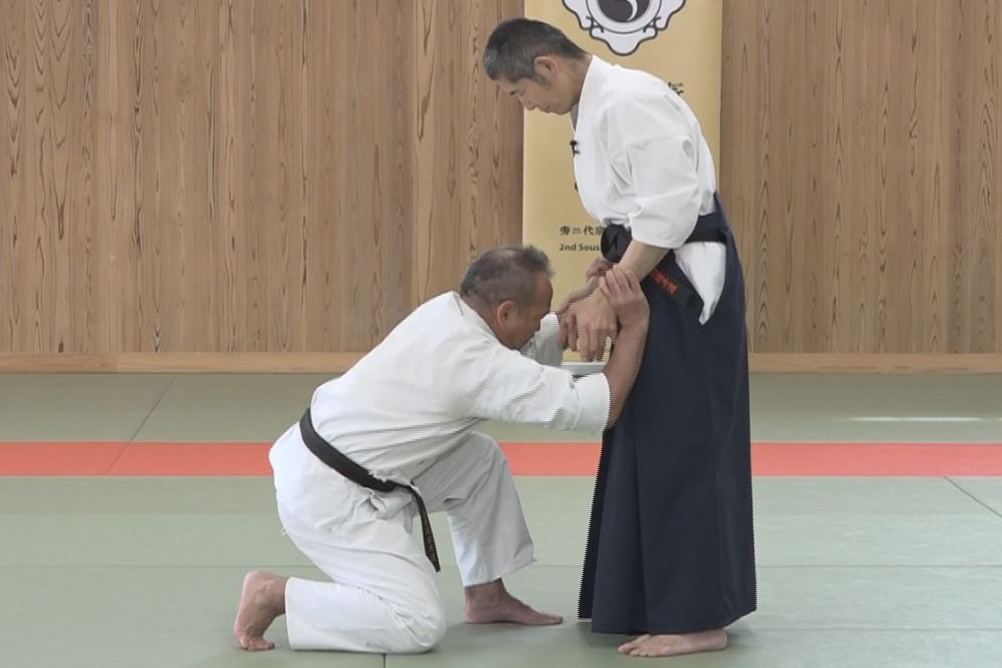
【AIKI Web Course Part 2】Lesson 16 Advanced tech. by Undetectable F.T. #2
-
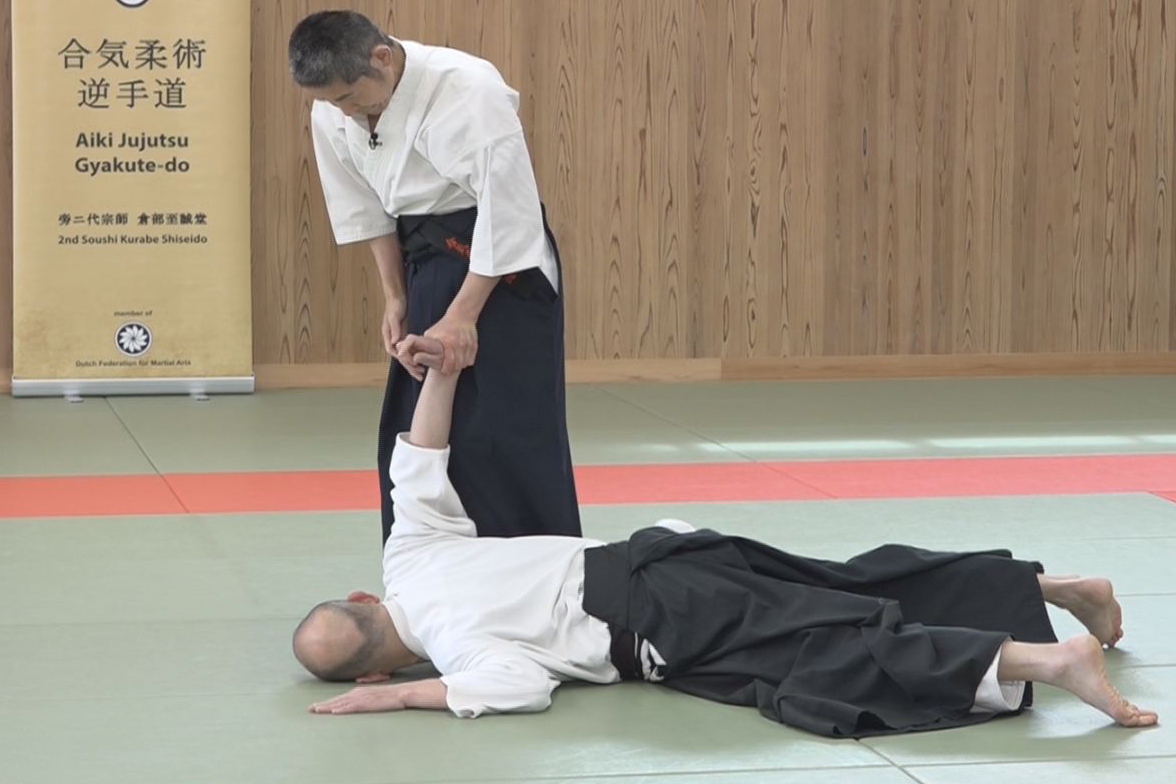
【AIKI Web Course Part 2】Lesson 15 – Advanced tech. by Undetectable F. T. #1
-

【AIKI Web Course Part 2】Lesson 14 – Advanced tech. by the Waving method #2
-
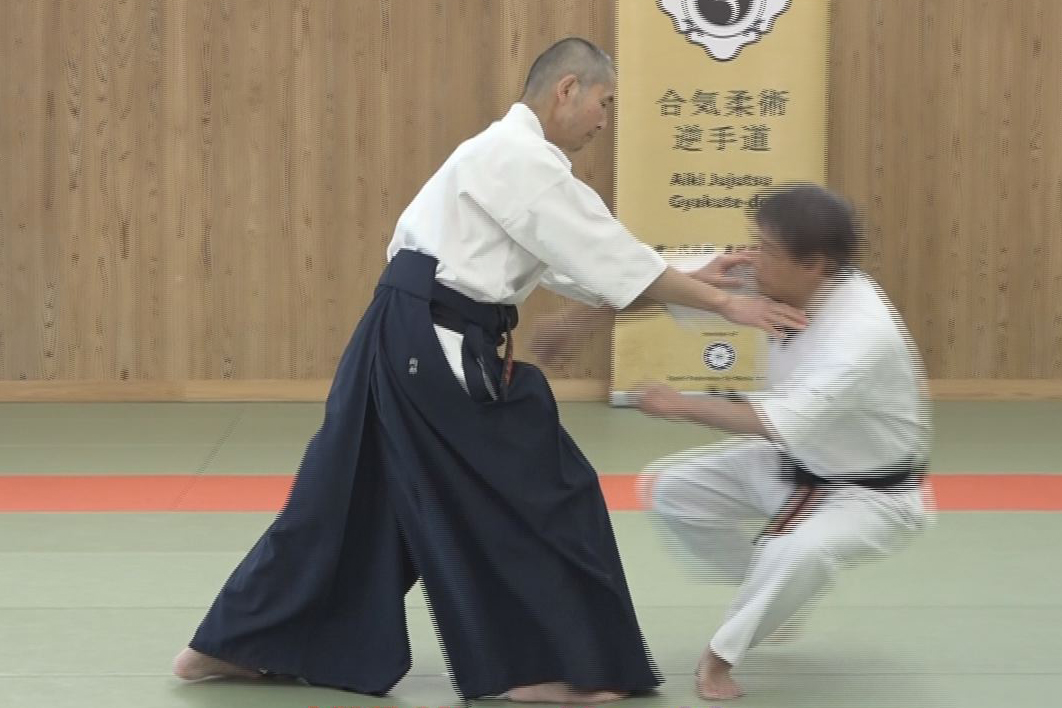
【AIKI Web Course Part 2】Lesson 13 – Advanced tech. by the Waving method #1
-
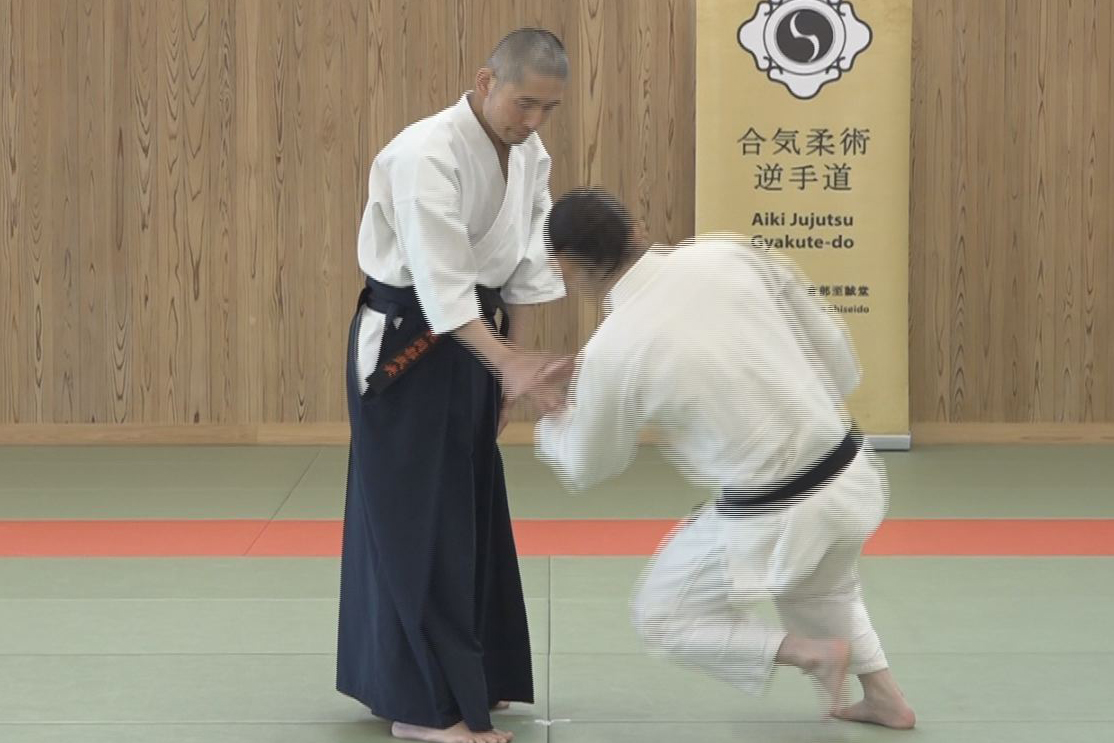
【AIKI Web Course Part 2】Lesson 12 – Gyaku-te by not Using Force nor AIKI
-
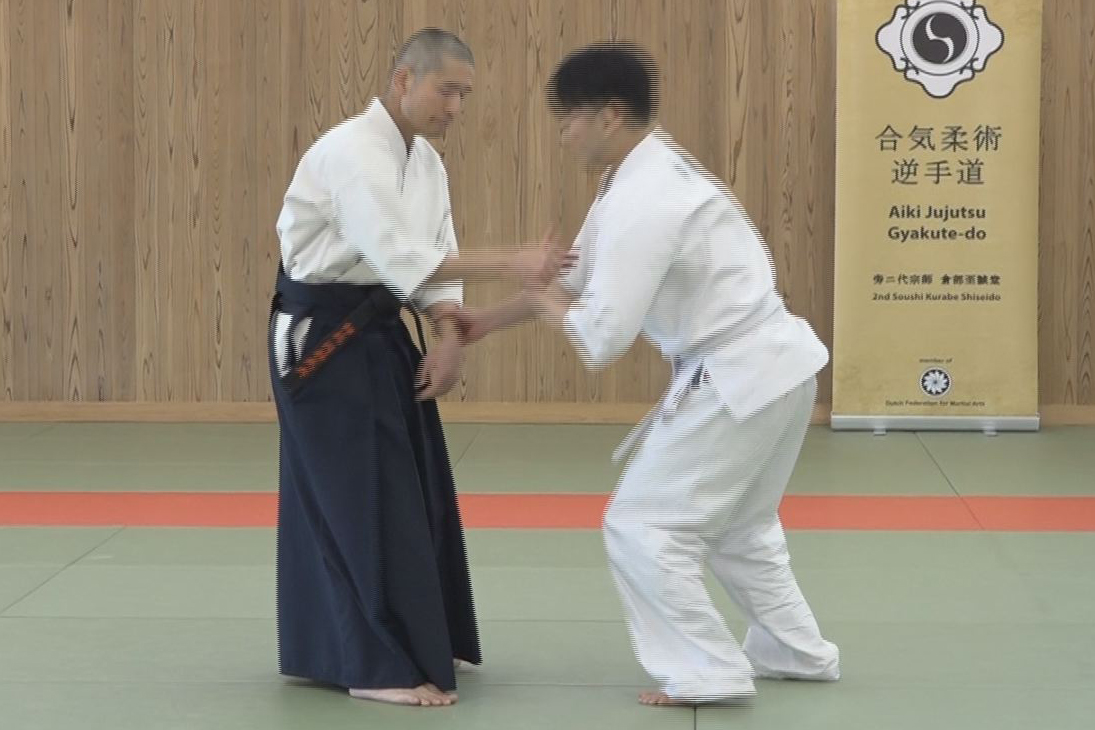
【AIKI Web Course Part 2】Lesson 11 – Gyaku-te Realized by the AIKI Method
-
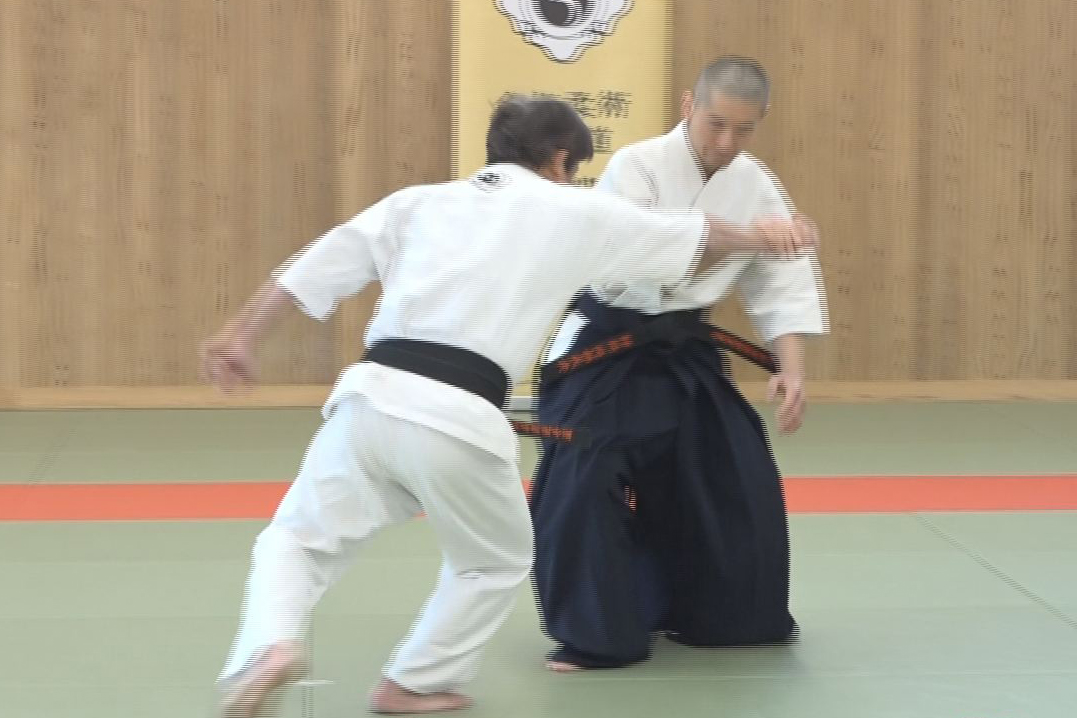
【AIKI Web Course Part 2】Lesson 10 – Application of Force Equilibrium method
-
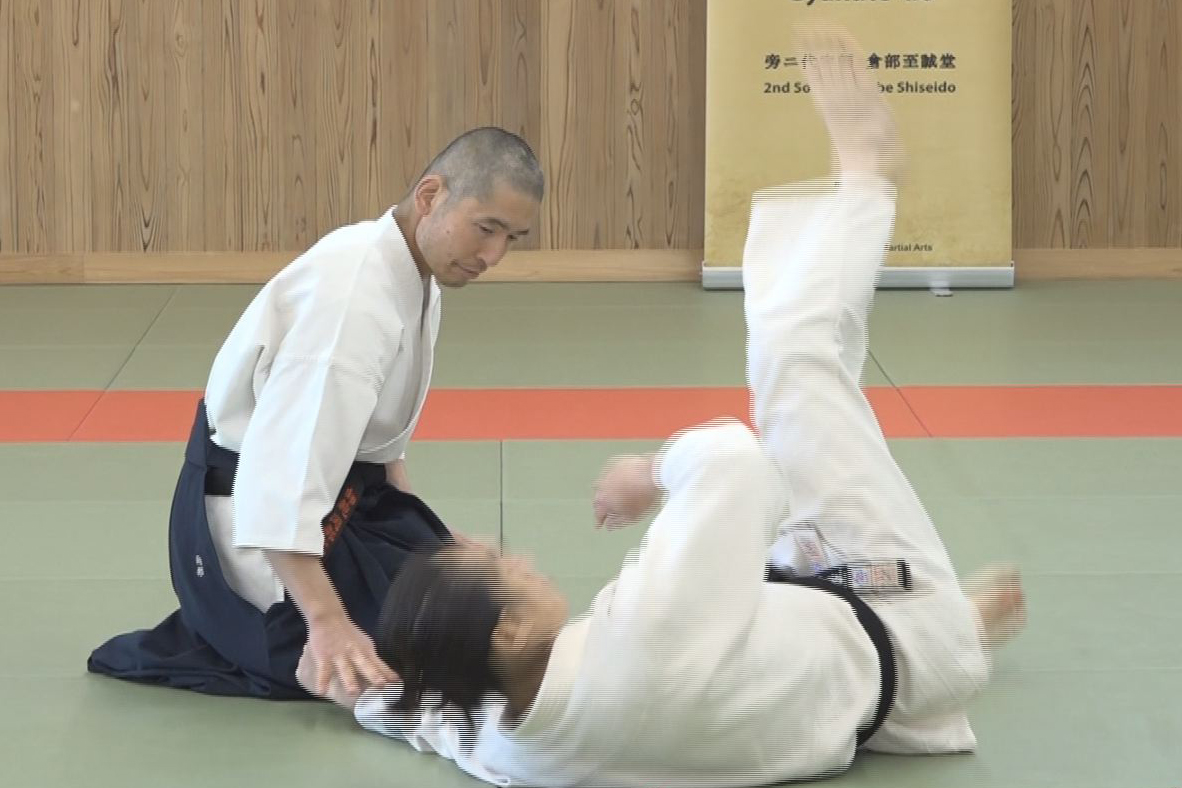
【AIKI Web Course Part 2】Lesson 9 – Force Equilibrium
-
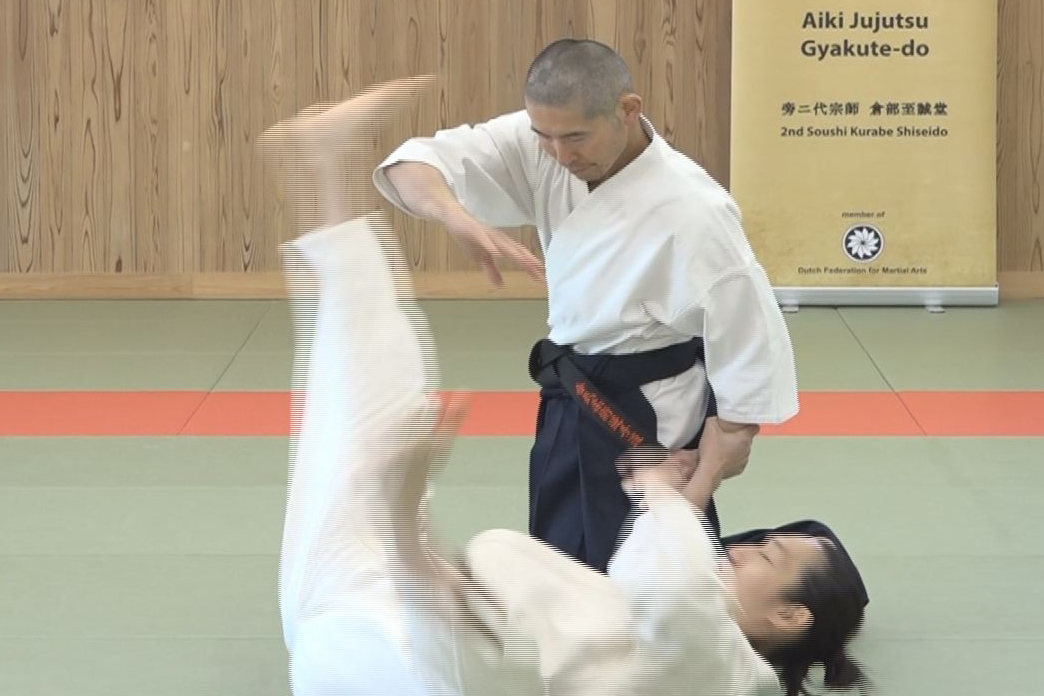
【AIKI Web Course Part 2】Lesson 8 – Application of Targeted Force Transfer
-
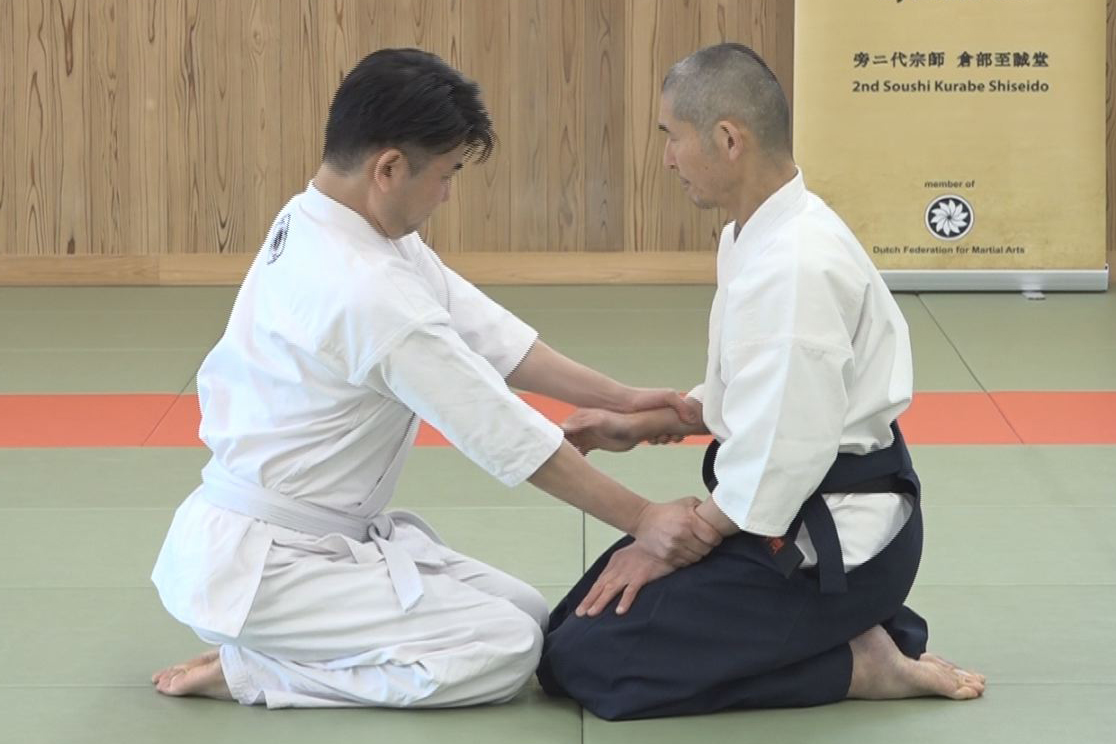
【AIKI Web Course Part 2】Lesson 7 – Targeted Force Transfer
-

【AIKI Web Course Part 2】Lesson 6 – Application of AIKI Connection
-
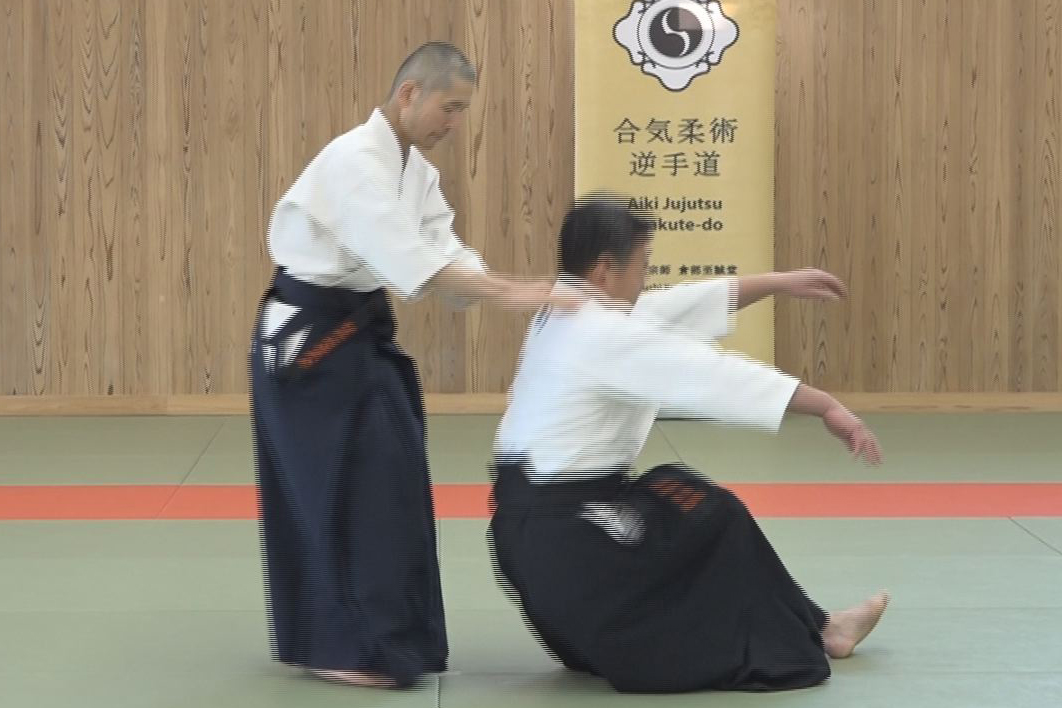
【AIKI Web Course Part 2】Lesson 5 – AIKI Connection
-

【AIKI Web Course Part 2】Lesson 4 – Application of Nondetectable Force Transfer
-
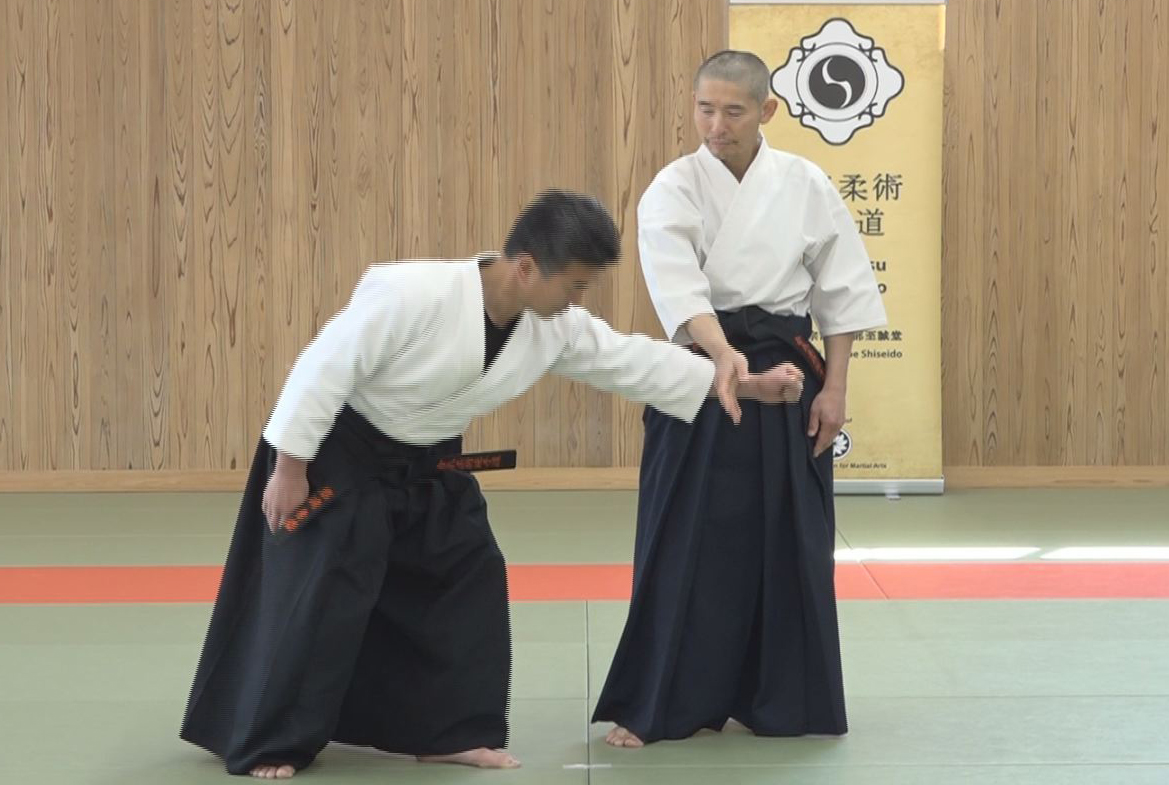
【AIKI Web Course Part 2】Lesson 3 – Explanation of Undetectable Force Transfer
-
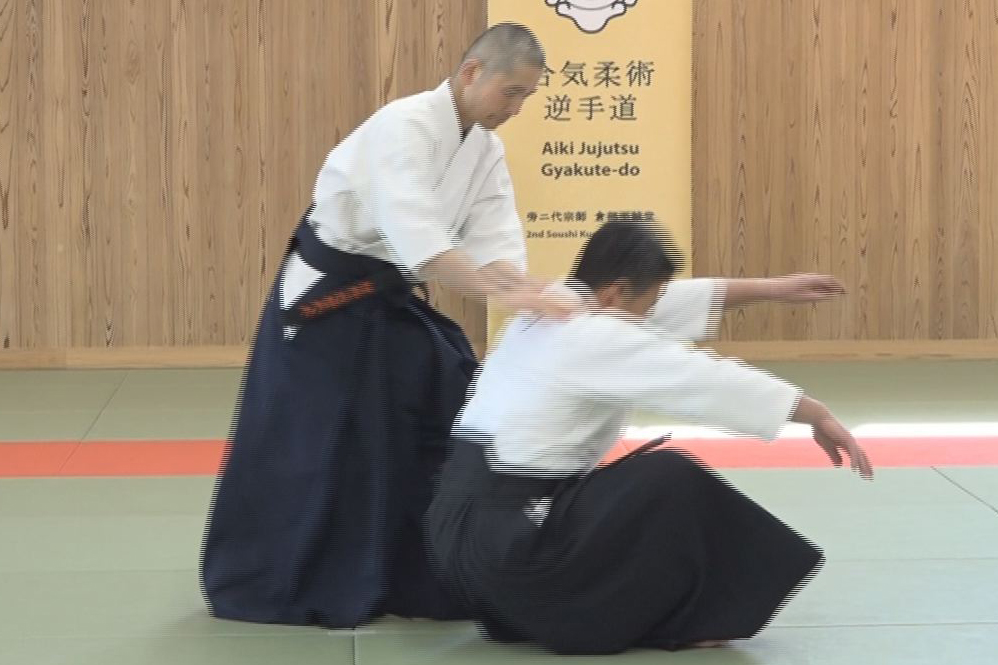
【AIKI Web Course Part 2】Lesson 2 – Application of Waving Method
-

【AIKI Web Course Part 2】Lesson 1 – The Explanation of Waving Method
-
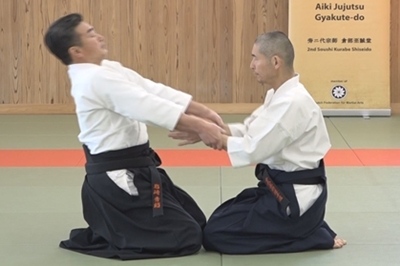
【AIKI Web Course Part 2】Introduction with video


